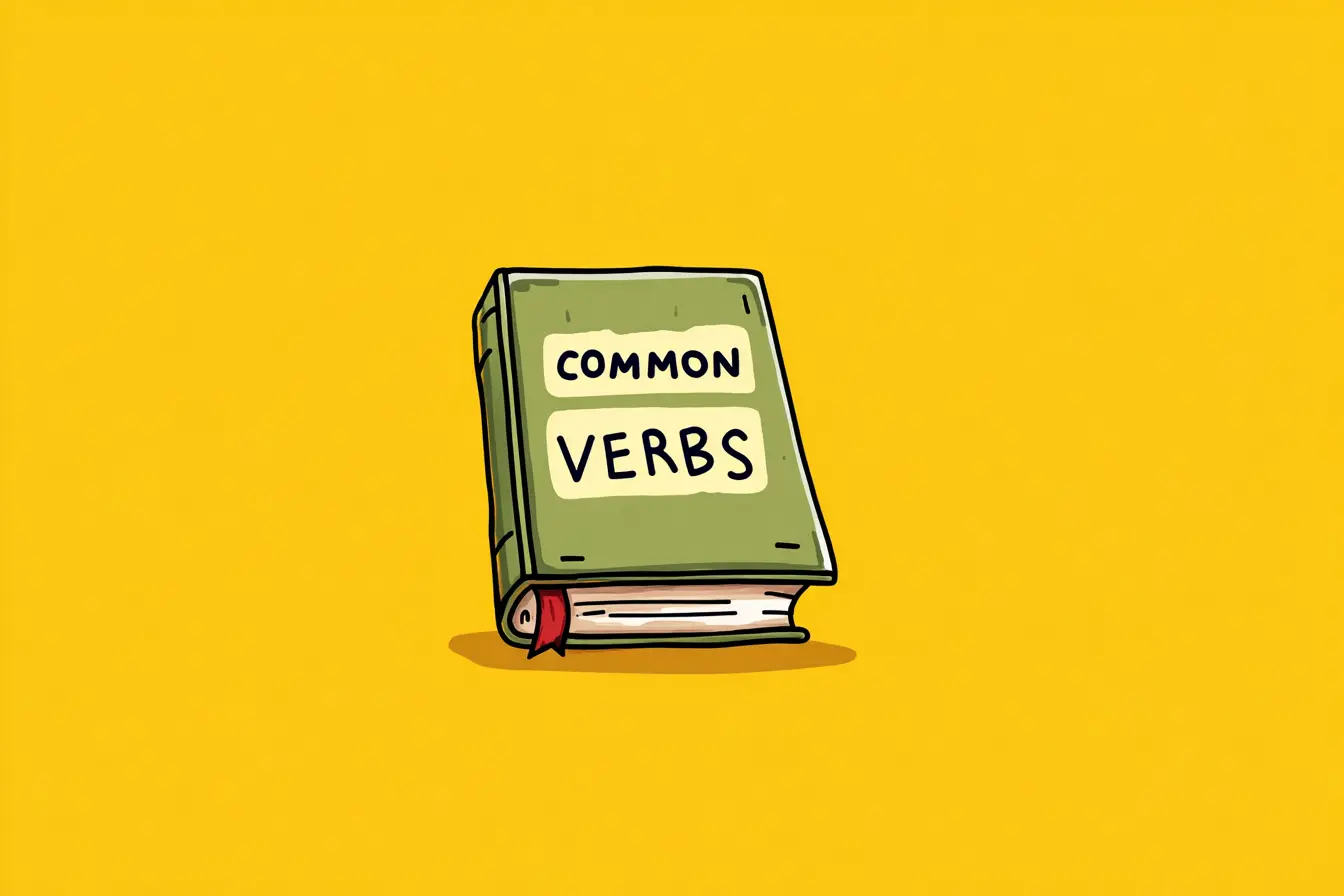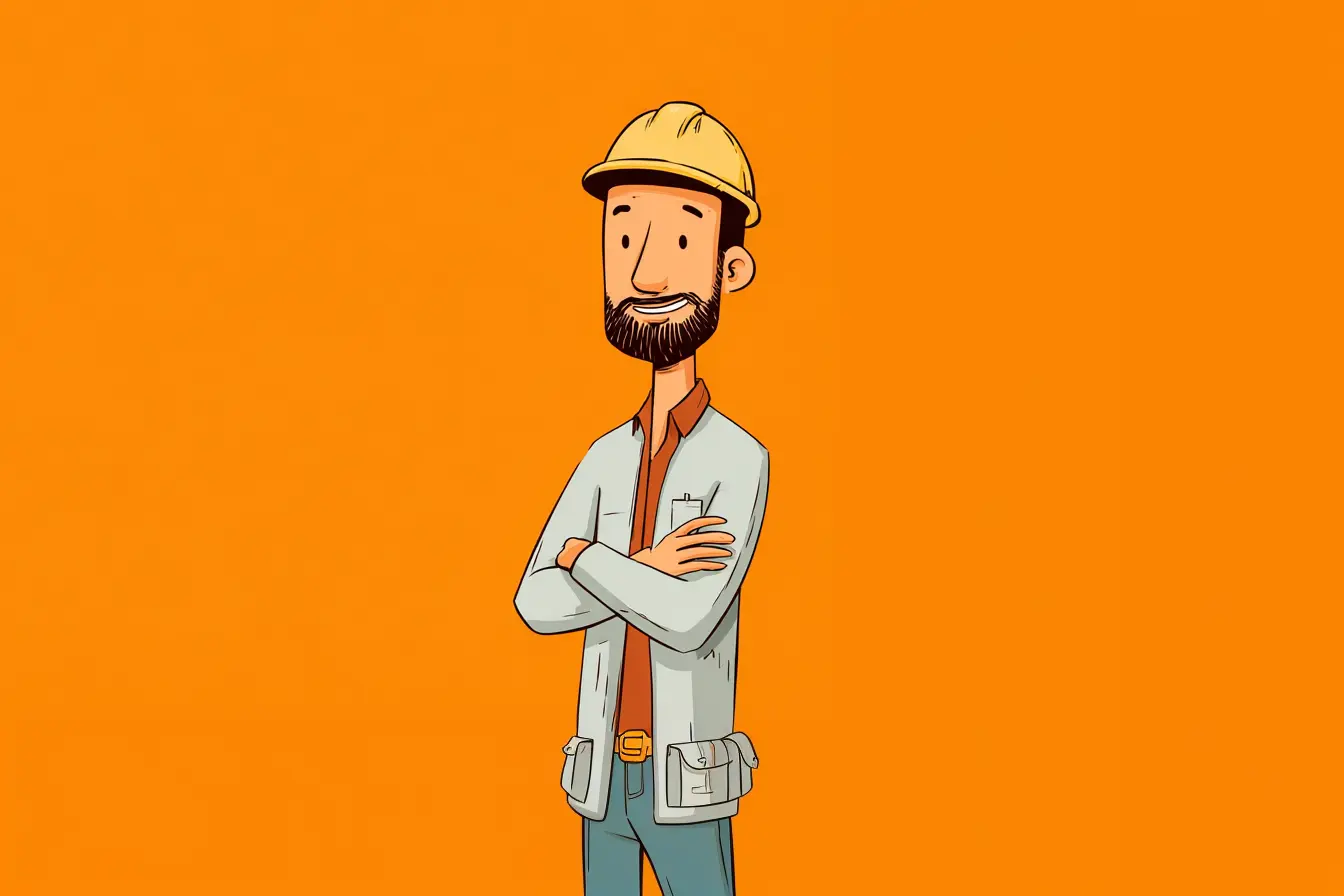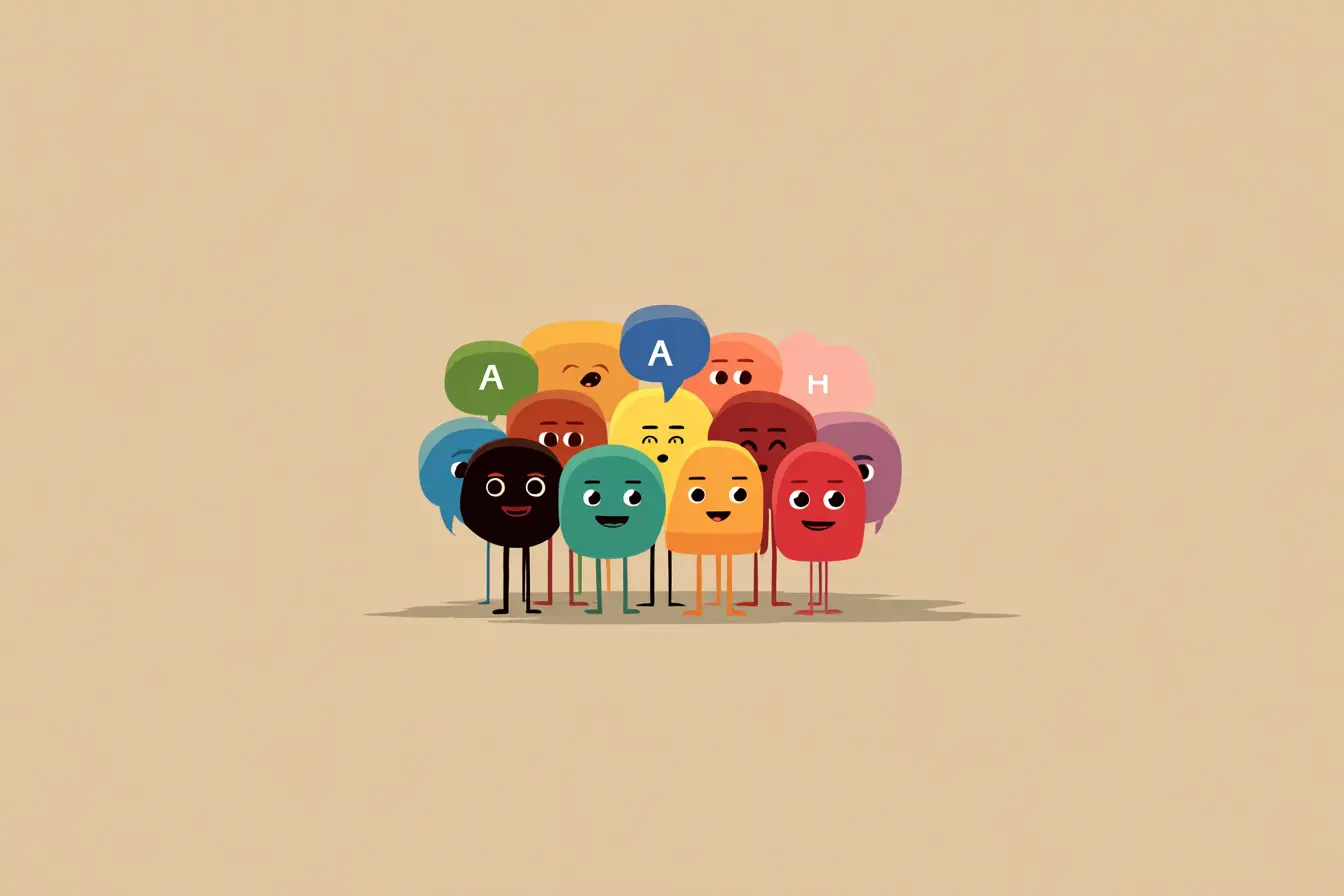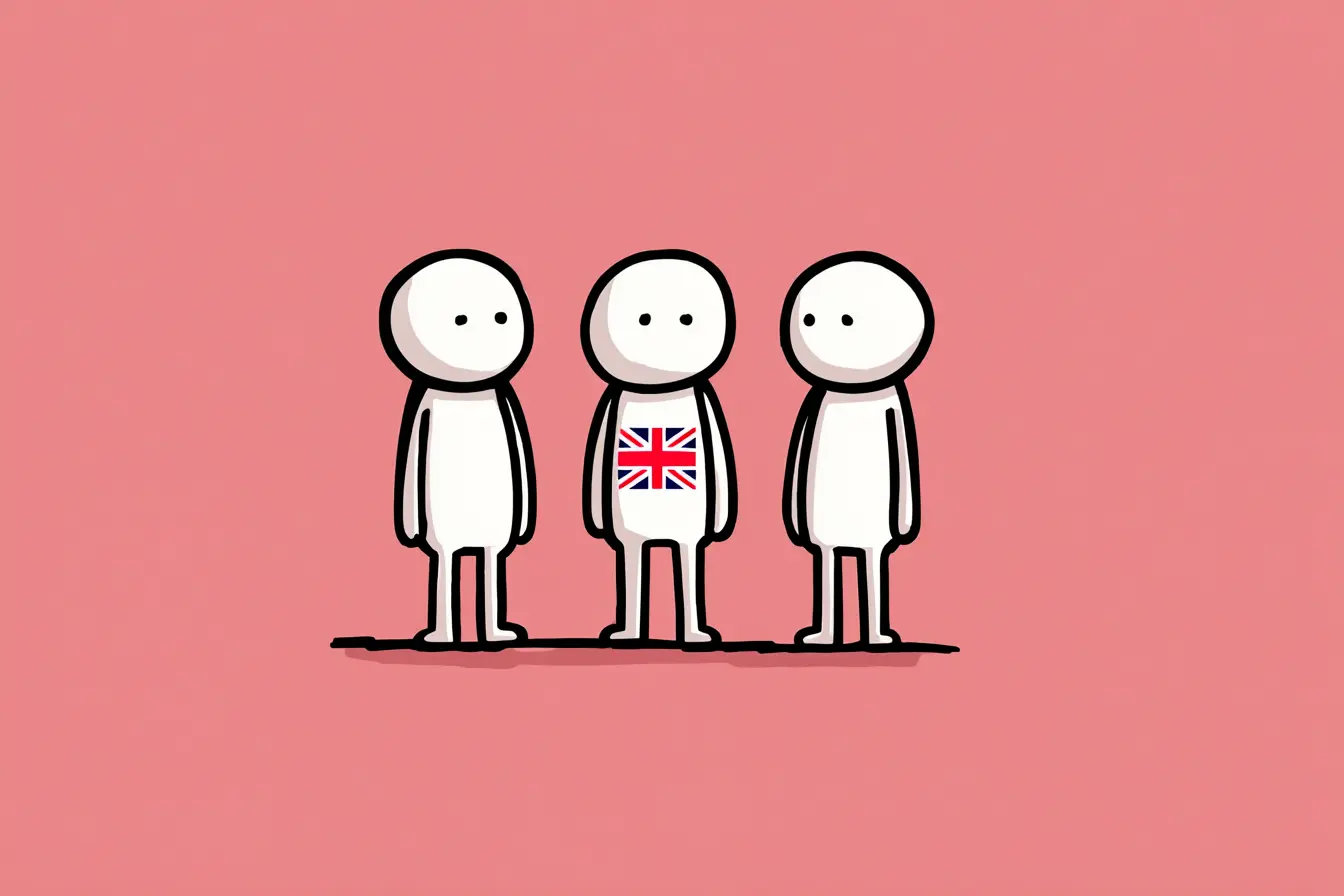Raising kids to speak more than one language sounds amazing in theory, until you’re in the middle of a meltdown because your toddler doesn’t want to switch from English to Spanish. If you're in the trenches of bilingual parenting or just starting out with raising bilingual children, you're not alone. Thousands of parents are navigating this exciting (and sometimes chaotic) journey and asking the same question: why didn’t anyone tell us this sooner?
Here’s what veteran multilingual families wish they’d known before diving in, and how you can raise confident, capable bilingual children without losing your mind in the process.
Bilingual Kids Aren’t Confused, They’re Just Processing
Let’s start with the biggest myth: “Aren’t you worried they’ll get confused?” It’s a question nearly every parent hears when they mention how to raise a bilingual child. The answer? No, kids don’t get confused, they just learn differently.
Children’s brains are incredibly flexible. Instead of seeing two languages as competing systems, their minds treat them like parallel tracks. At times, yes, they’ll mix words (“Mommy, quiero más juice”), but that’s just part of the learning curve.
And the long-term payoff? Massive. Studies show that bilingual children tend to have better problem-solving skills, greater empathy, and even higher earning potential later in life.
The Secret Sauce? Consistency, Not Perfection
You don’t need to speak five languages fluently or run a Montessori-style language lab in your living room. What matters most is consistency. That could mean:
- One parent, one language (OPOL)
- One language at home, another outside
- Regular exposure through books, songs, or screen time in the target language
It’s more about steady exposure than flawless grammar. Your goal isn’t to raise a perfect translator, it's to help your child feel comfortable navigating multiple languages and cultures.
How to Teach Baby Two Languages
So, how exactly do you start to raise a bilingual baby? Whether you're speaking Spanish and your partner speaks French, or you're learning a second language alongside your little one, here's a step-by-step approach that works:
Step 1: Start Early, but It’s Never Too Late
Babies are born with the ability to distinguish every sound from every human language. By about 6 months, their brain starts tuning into the sounds they hear most. So yes, talk, sing, and narrate in both languages as much as you can. But if your child is already a toddler or older, don’t worry. Children (and even adults) can catch up quickly with the right exposure.
Step 2: Choose Your Language Strategy
Pick a method that fits your family. The “One Parent, One Language” method is popular, but not the only option. Others include “Time and Place” (e.g., Spanish on weekends, English on weekdays), or “Minority Language at Home” if one language dominates the community. The key is to commit to a routine your child can expect.
Step 3: Build a Language-Rich Environment
Surround your baby with language: books, lullabies, games, cartoons, and conversations. Use picture books in both languages. Watch simple shows in your target language. Play music during bath time. Make the second language feel natural and joyful.
Step 4: Make It Social
Language is about connection, so make sure your child has opportunities to use it with others. Set up playdates with families who speak the target language. Visit relatives who speak it. Even video calls with a grandparent can reinforce vocabulary and make the language feel alive.
Step 5: Be Patient and Celebrate Small Wins
Some kids speak both languages from the get-go. Others understand one fluently but take longer to speak it. Either way, cheer them on. Celebrate their first full sentence in the second language, even if it’s clumsy. Progress isn’t always linear—but it’s always happening.
Common Pitfalls to Avoid
Here are a few things parents wish they had sidestepped earlier:
- Switching strategies too often – Kids thrive on predictability. If you start with OPOL, don’t suddenly abandon it because progress feels slow.
- Correcting every mistake – Gently model instead of correcting. If your child says “Yo want agua,” simply say, “You want water? Here it is!”
- Comparing kids – Bilingual language development isn’t a race. Don’t compare your child to a monolingual cousin who speaks earlier, or a friend’s child who reads in three languages. Every child is unique.
Final Thoughts: You’ve Got This
Raising a multilingual child is one of the most beautiful gifts you can give, not just linguistically, but culturally, emotionally, and cognitively. Remember: there’s no perfect path. There’s only your path.
And as your child grows up switching effortlessly between “Mom, can I have a snack?” and “Mamá, ¿me das algo de comer?”, you’ll realize: it was all worth it.


















